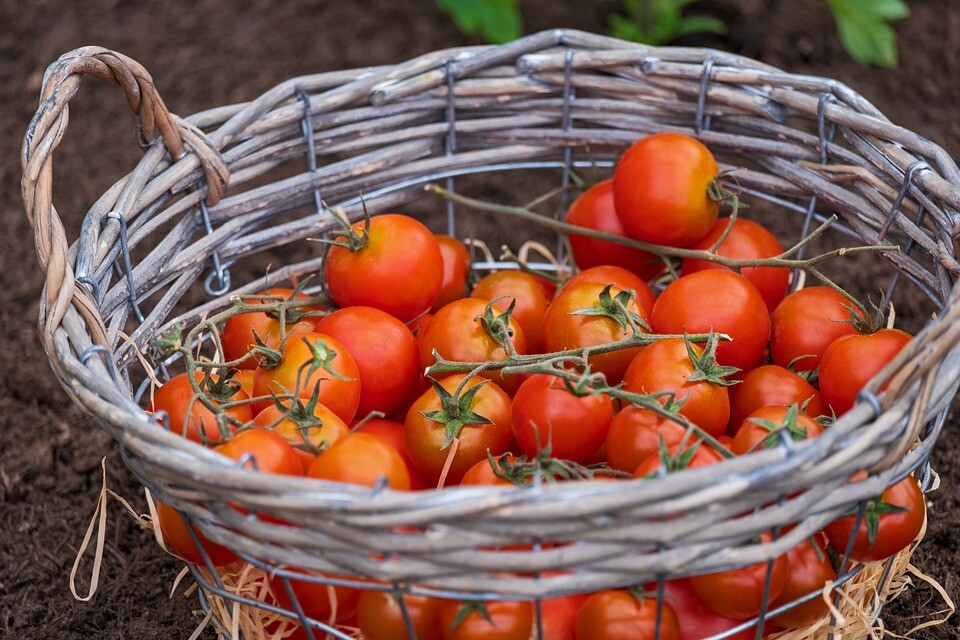A Trip Through The Tomato's Dark Ages (And On To Our Plates)

Today, the only controversies surrounding the tomato are the overblown fruit or vegetable debate or compiled movie review scores. When Europeans first encountered the delicious burger topping, though, they were terrified. Italians may proudly use tomatoes in pizza and other dishes, but it took centuries for any Europeans or American colonists to get there.
Tomatoes are native to Mesoamerica, and the Spanish conquistadors responsible for spreading germs all across the New World also got the privilege of bringing tomatoes back to Europe. When the 1500s travelers brought tomatoes and seeds back to Europe, and the new fruits quickly gained notoriety.
Don't Miss
Aristocrats believed that tomatoes were highly toxic. This was proven correct in their eyes when people legitimately died following tomato consumption. Considering that most of us have at least eaten some tomato and are still alive, though, you have probably already concluded that the tomato was not the killer. Instead, what likely happened is that the acidic tomatoes brought out lead in the pewter plates frequently used at the time. This was not as appealing of a theory as a poisonous fruit from an exotic land, though.

An entire mythos then spread regarding the tomato. Some believed it was a sinful aphrodisiac, and others believed that it attracted deadly bugs. Across the pond in the United States, there were reports of Green Tomato Worms in the 1830s. These worms could kill a person simply if their spit touched human skin. In Europe, people began planting tomatoes purely for ornamental purposes. Nothing makes a home look cooler than a basket of dangerous fruit.
However, the 1800s would also see Europeans and Americans give tomatoes some respect. This next anecdote is almost certainly a legend or an abridged version of a few different events in tomato history, but it does showcase how the reputation of tomatoes improved.
In September 1820, Colonel Robert Gibbon Johnson from Salem, New Jersey, wanted to prove once and for all that there was nothing dangerous about the ripe, red fruits.

Bravely, he stood on the courthouse steps with a basket of freshly grown tomatoes, and to the shock of everyone watching, he ate them. A morbidly curious crowd of up to 2,000 watched, fully expecting Johnson to drop dead. Except, this never happened, and those in attendance questioned if tomatoes were that bad after all.
Again, this is just an urban legend, but it did help spread the message that tomatoes weren’t going to kill anyone. For practical answers to how tomatoes became popular in the U.S., turn to a much more fun subject: war. During the Civil War, canned foods became essential to keep troops supplied, and people discovered that tomatoes worked much better in the canning process than other produce.
A few decades later, in 1897, a completely obscure historical figure named Joseph Campbell added to the tomato canning frenzy by creating a condensed tomato soup. Campbell surely was not the first to try to make a tomato soup, but his soup was the first commercially successful version.

Everyone got on the tomato train slowly but surely. Italians realized that tomatoes could completely change the culinary game. Campbell built an empire of soup. Colonel Robert Gibbon Johnson … didn’t die! Now, the thing you need to worry about killing you in a BLT is the bacon. (They're gun nuts.)
Top Image: HOerwin56/Pixabay